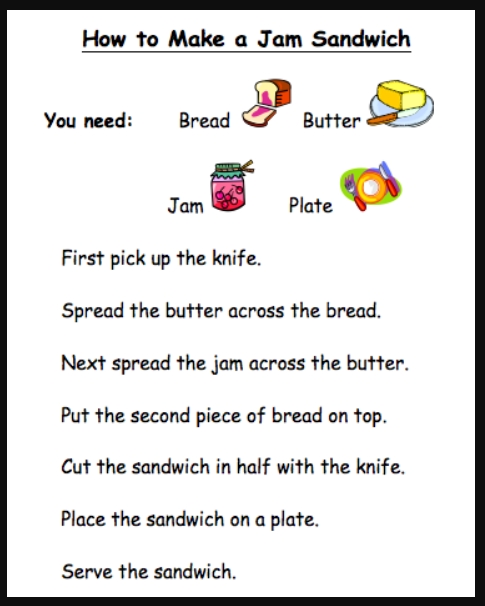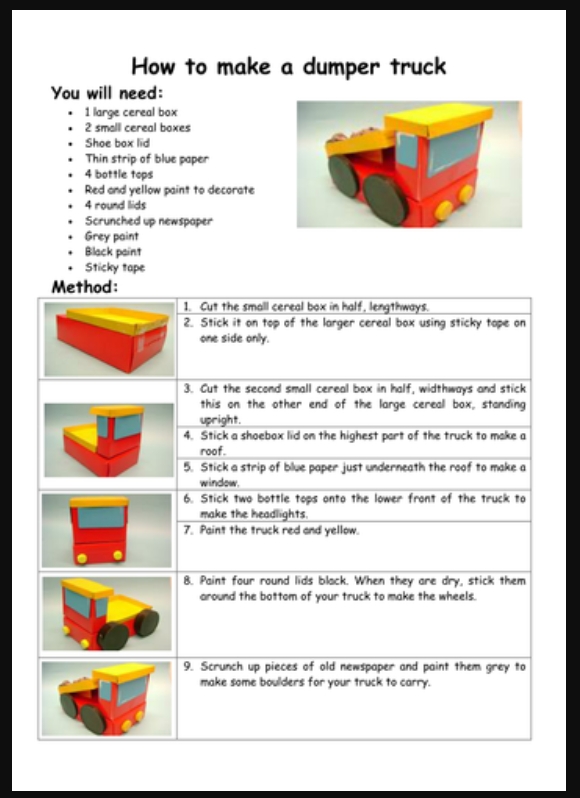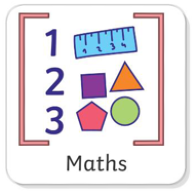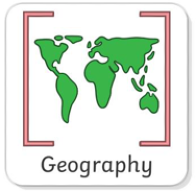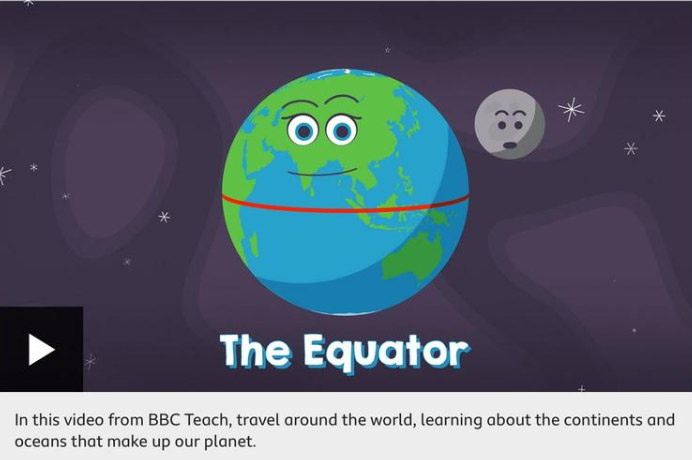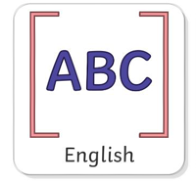Monday
To be able to know the place value of each digit in a 2-digit number.
Let's try the guided practice.

Turn to page 3 and 4.
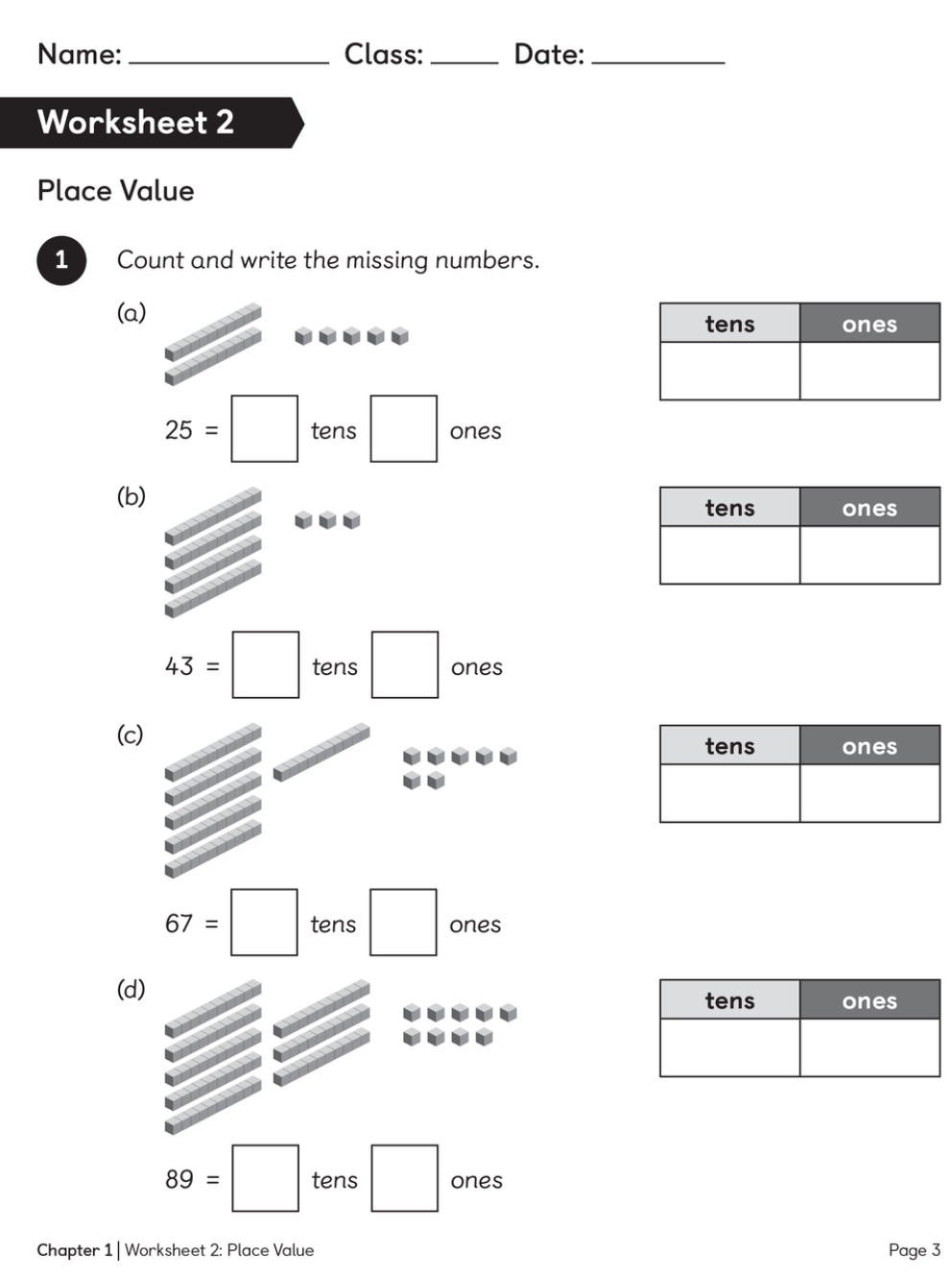
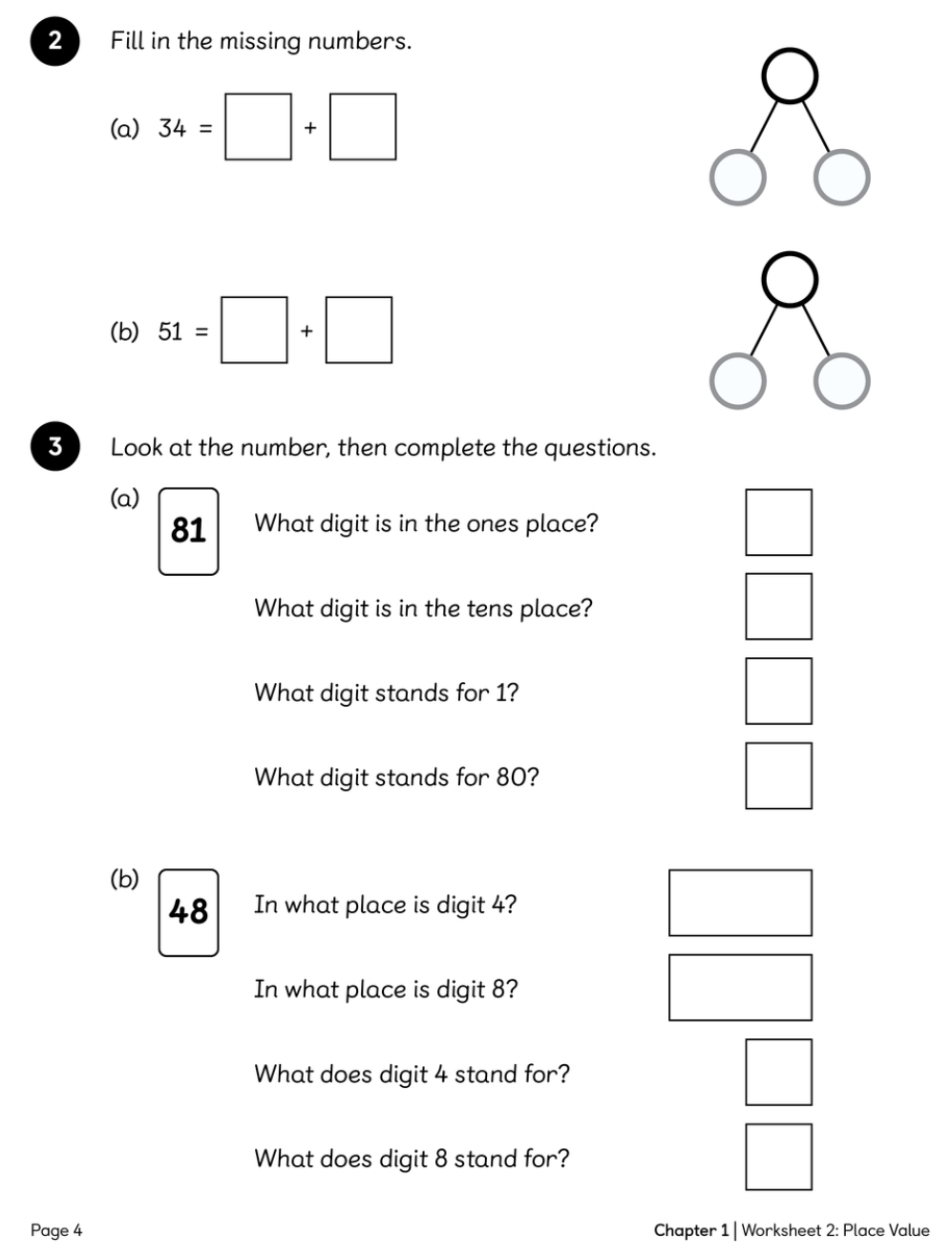
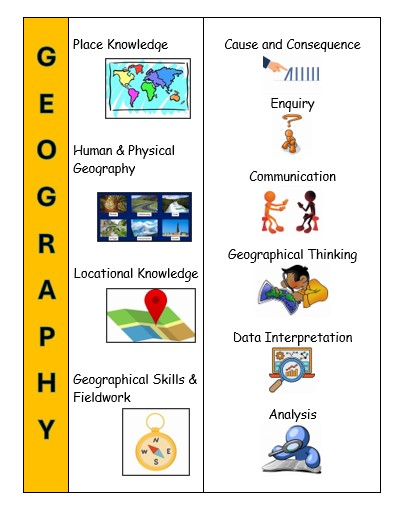
Can you use your research skills to find the equator?
Let's begin by reminding ourselves what we already know. Talk to your partner and share your answers to these questions.
What do we use a map for?
What is the difference between a map, an atlas and a globe?
Today, we are going to use maps, atlases and a globe to identify important areas on Earth. They are very important to Geographers and Scientists, however, they can't actually be seen. Interested?? Let's find out more...
Now it's time to explore these areas using atlases and the globe.
Here are some videos showing what life is like in Equatorial Africa and Antarctica (where the South Pole is located).
What can you see that is the same?
Can you spot any differences?
To know how specific information is organised in instructional writing.
Authors write in many different ways, and today we are going to spot the similarities and differences between two sets of instructions.
Take a look at these examples:
They are both the same because they have pictures to help the reader know what to do.
They are both the same because they have imperative verbs and short sentences.
They are different because one has photographs and one has pictures.
Now it's your turn to compare two sets of instructions using these sentence openers:
They are the same because...
They are different because...
